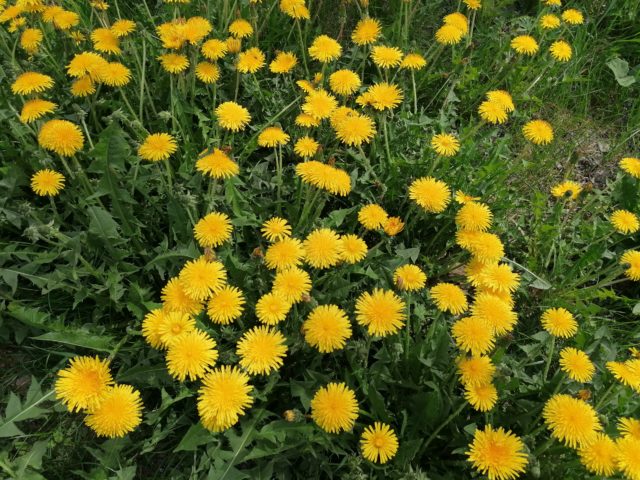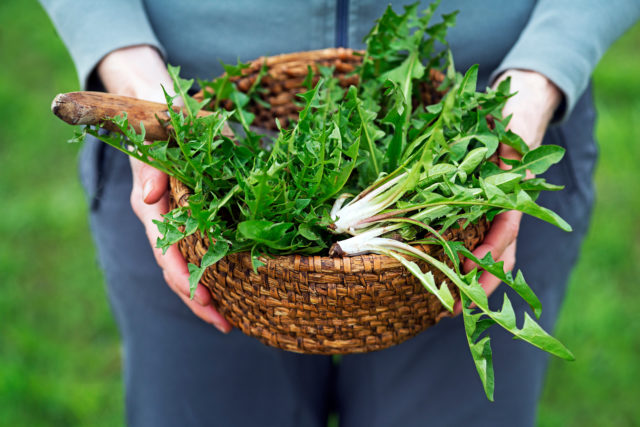Dandelion
Dandelion is a useful wild plant that contains a wide range of vitamins and minerals. It is rich in nutrients such as carotene, vitamins B and C, and potassium. Dandelion is also believed to help digestion.
Dandelion is a popular plant for cooking and medicinal use. All parts of the plant can be utilised. Fresh dandelion leaves are great for salads, soups and stews, whereas dried leaves can be used for herbal drinks. The leaves can also be frozen for later use.
At its best in early summer
Dandelion leaves are at their best in the early summer. Look for dandelions that are growing in the shade as they tend to be less bitter compared to those growing in direct sunlight. Try to find leaves with smoother edges as the strong-tasting leafstalk makes the deeply jagged leaves bitter.
Which parts to use?
Dandelion buds can be boiled in water with a bit of salt and eaten as a garnish or a side dish. The buds can also be marinated. The yellow flower heads are often used as an aromatic ingredient in sima, a traditional Finnish mead drink. Young dandelion buds can also be simply washed and sprinkled in salads, for example.
Dandelions can also be used to make wine. Homemade wine from dandelion petals is very popular in the UK, the birthplace of dandelion wine. However, making dandelion wine or any other homemade wine takes time and effort. Preparing the flowers for the wine can be hard work because the petals must be carefully plucked and cleaned of any green bits.

The roots of the dandelion are dug out of the ground either in the spring or late autumn when the leaves wither. They can be used to season soups and beer or roasted to make a caffeine-free herbal drink known as dandelion coffee. Dried and ground roots can also be added to porridge or baked goods.
